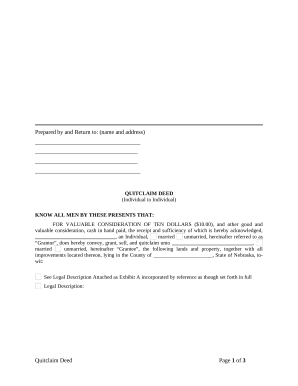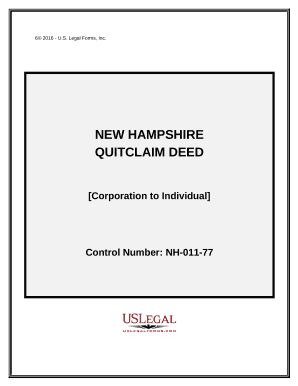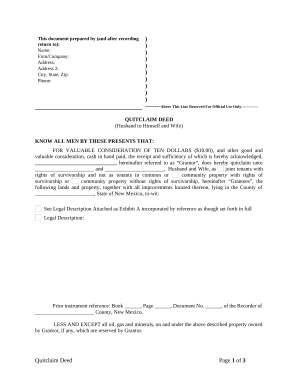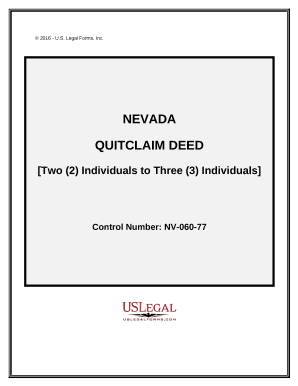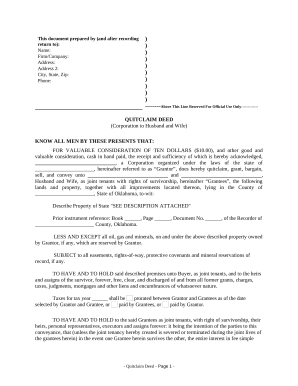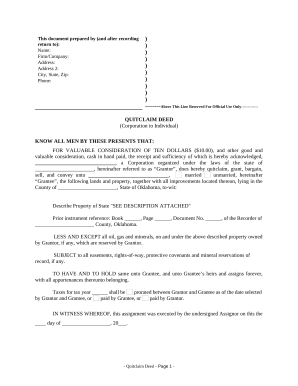Supercharge your production with Quitclaims Deeds
Document administration takes up to half of your business hours. With DocHub, you can easily reclaim your time and increase your team's efficiency. Access Quitclaims Deeds collection and investigate all templates relevant to your daily workflows.
Easily use Quitclaims Deeds:
- Open Quitclaims Deeds and use Preview to obtain the relevant form.
- Click Get Form to begin working on it.
- Wait for your form to upload in our online editor and start editing it.
- Add new fillable fields, icons, and images, modify pages, and many more.
- Fill out your template or set it for other contributors.
- Download or share the form by link, email attachment, or invite.
Accelerate your daily file administration with our Quitclaims Deeds. Get your free DocHub account today to explore all templates.

